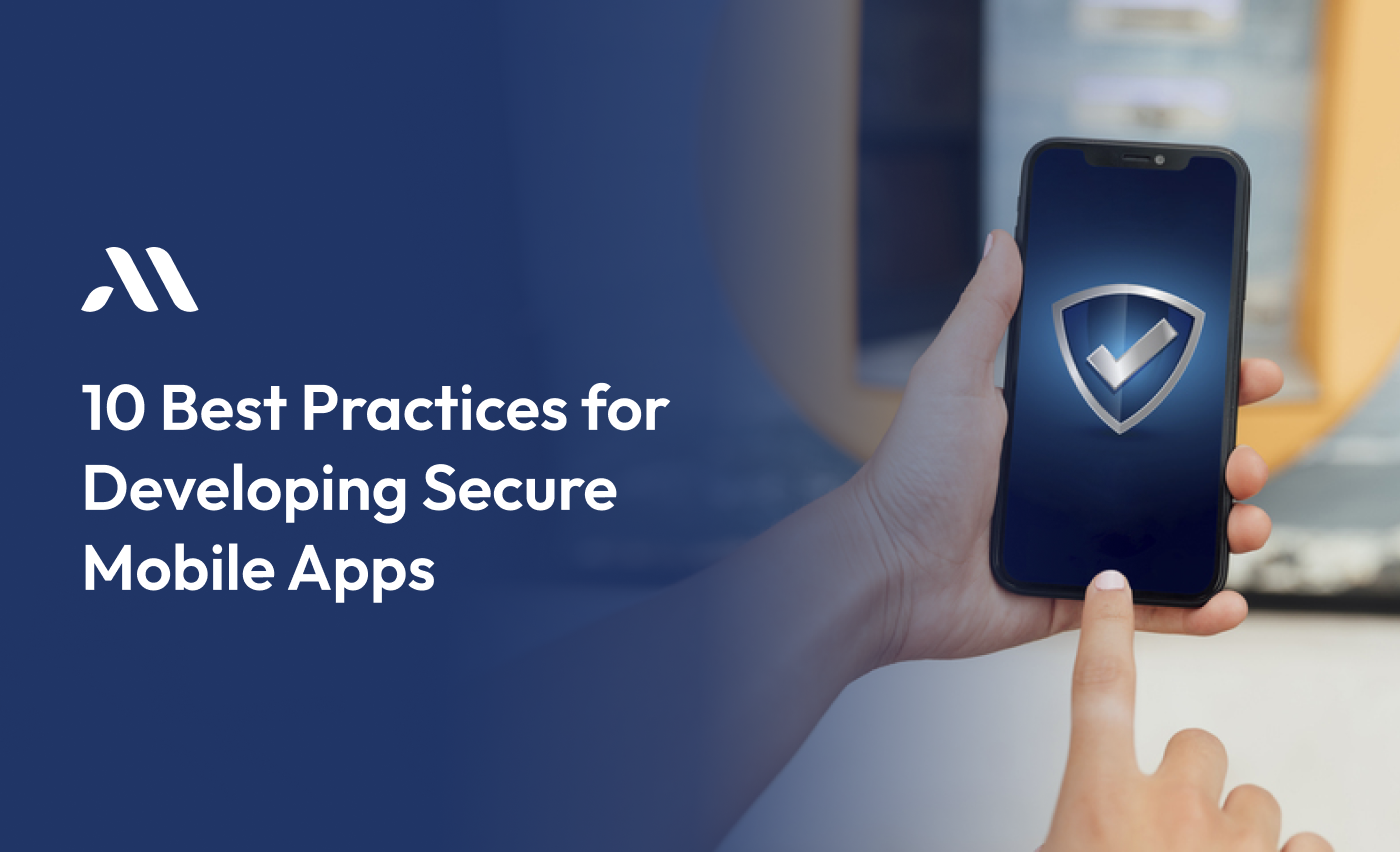Creating secure mobile apps is very important. Many people use mobile apps daily, so ensuring they are safe is a big job. Here, we will learn 10 best practices for developing secure mobile apps. These tips will help you make apps that keep users' data safe and secure.
1. Use Strong Passwords
A strong password is the first step to keeping your app secure. When you create secure mobile apps, ask users to create strong passwords. Strong passwords have a mix of letters, numbers, and special characters. This makes it hard for bad people to guess the password and break into the app.
Encourage users to avoid using easily guessable passwords like "123456" or "password". Instead, they should use phrases or combinations of unrelated words. Also, consider implementing rules that set password strength, such as a minimum length and a requirement for a mix of characters.
2. Encrypt Data
Encryption is like setting data in a secret code. When you develop secure mobile apps, always encrypt data. This means even if someone gets the data, they can't read it without the secret code. For example, when you make secure phone apps for Android, use encryption to protect users' data. Both data at rest (stored data) and data in transit (data being sent or received) should be encrypted. This adds an extra layer of security. Technologies like SSL/TLS for data in transit and AES for data at rest are common choices for encryption.
3. Regular Updates
Apps need to be updated regularly. Updates fix bugs and make the app more secure. Always check for new security updates and apply them to your app. This will keep your secure mobile apps safe from new threats. Users should also be encouraged to update their apps regularly. You can set reminders within the app or automatic update features to ensure users are always running the latest, most secure version of your app.
4. Secure Code
Writing secure code is very important. Use good coding practices to make sure your app is safe. Avoid using old or weak code that can be easily attacked. When making secure mobile apps for Android, use tools that help you write secure code. Code review and static analysis tools can help identify potential security vulnerabilities early in the development process. also, follow secure coding guidelines and best practices specific to the programming languages and frameworks you are using.
5. Protect User Data
User data is very important and needs to be protected. Do not store sensitive data unless necessary. Always ask for permission before accessing user data. This helps build trust and keeps your secure mobile apps safe. Implement measures like data minimization, which means collecting only the data you need for the app to function. Also, ensure that sensitive data, such as personal information or payment details, is stored securely and accessed only by authorized personnel.
6. Secure Backend
The backend of your app is where data is stored and managed. Make sure your backend is secure by using firewalls and monitoring for any unusual activity. A secure backend is important for developing secure mobile apps. Secure your servers and databases, and use encryption for data storage. Regularly audit your backend systems to identify and fix security weaknesses. Use secure APIs for communication between the app and the backend, and always validate the data being exchanged.
7. Use Two-Factor Authentication
Two-factor authentication adds an extra layer of security. When users log in, they must enter a password and a code sent to their phone. This makes it harder for bad people to access the app. Using two-factor authentication is a good practice for secure phone apps. Implementing two-factor authentication can particularly reduce the risk of unauthorized access. Offer options such as SMS codes, email verification, or authentication apps to provide users with flexible and secure authentication methods.
8. Test Your App
Testing your app is very important. Before releasing your app, test it for any security issues. Use tools to check for vulnerabilities. This helps you find and fix problems before users use your app. Testing ensures you have developed a secure mobile app. Perform both manual and automated testing, including penetration testing and security audits. Regularly update your testing procedures to address new security threats and vulnerabilities.
9. Educate Users
Educate your users about security. Teach them how to create strong passwords and recognize cyberattacks. When users know how to keep themselves safe, your secure mobile apps become even more secure. Provide tips and best practices within your app, and consider sending out regular security updates and reminders. Educating users helps them stay aware and better protect their personal information.
10. Use Secure Libraries
Libraries are pieces of code that help you build your app. Always use secure and updated libraries. Avoid using libraries that are no longer supported or have known security issues. Using secure libraries is important for secure mobile apps for Android. Regularly review and update the libraries and dependencies used in your app. Choose well-maintained libraries with a strong track record of security and reliability. By doing so, you reduce the risk of introducing vulnerabilities into your app.
Wrap Up
Making secure mobile apps is important to keep users' data safe. By following these 10 best practices, you can develop apps that are safe and trusted. Use strong passwords, encrypt data, update regularly, write secure code, protect user data, secure the backend, use two-factor authentication, test your app, educate users, and use secure libraries.
These steps will help you create secure mobile apps that users can trust. Always remember, that security is an ongoing process. Stay informed about the latest security trends and continuously improve your app's security measures to keep it safe from new threats.
At MicraSol - App Development Company, our expertise is in developing safe mobile applications that ensure the security of your data and the safety of your users. To produce excellent secure phone apps and secure mobile apps for Android, our team of experts follows industry standards.
FAQS
1. Why is it important to use strong passwords in secure mobile apps?
Using strong passwords is important because it makes it difficult for hackers to guess or crack them. Strong passwords typically contain a mix of letters, numbers, and special characters, adding an extra layer of security to the app.
2. How does encryption help in securing mobile apps?
Encryption protects data by converting it into a secret code that can only be read by someone with the correct decryption key. This ensures that even if data is intercepted or accessed without authorization, it remains unreadable and secure.
3. Why are regular updates necessary for secure mobile apps?
Regular updates are essential because they fix bugs and patch security vulnerabilities. By keeping your app updated, you protect it against new threats and ensure it remains secure and reliable for users.
4. How can we protect user data in mobile apps?
Protecting user data involves minimizing data collection, asking for permission before accessing sensitive information, and securely storing and transmitting data. Encryption and secure coding practices also play a key role in safeguarding user data.
5. What measures can be taken to secure the backend of a mobile app?
Securing the backend involves using firewalls, monitoring for unusual activity, securing servers and databases, encrypting data storage, and using secure APIs for communication between the app and the backend. Regular audits and security updates are also necessary.








